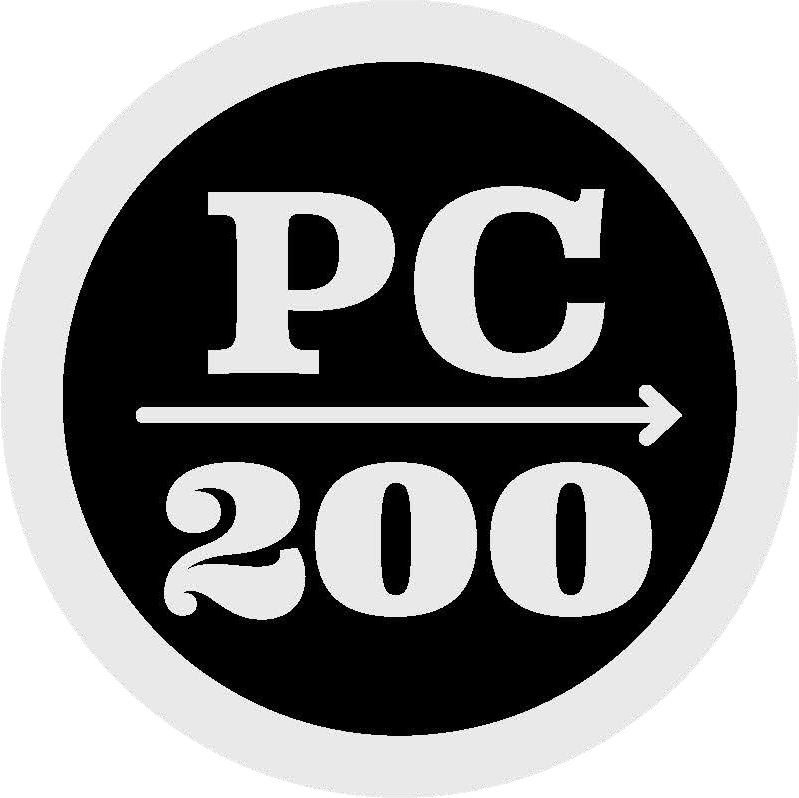Providence College’s distinctiveness is evident in its Catholic and Dominican roots – an 800-year tradition of education aimed at “veritas.” But, if one scratches deeper below the surface, Providence College’s singularity becomes more inclusive and better defined. Among its peers, it’s one of the few Catholic institutions that offers a primarily undergraduate education in the liberal arts with impressive science and business programs, is located in a city, and competes in NCAA Division I athletics.
This Strategic Plan endeavor, PC200, will help us continue to frame the case for the benefit and value of a Providence College experience (Strategic Planning Steering Committee discussion, 12/12/2016). The topics explored in this report resulted from a joint brainstorming session of the Strategic Planning Steering Committee and the Future of Higher Education Research Team. Additionally, these topics have been identified as high priority in flagship reports from professional organizations dedicated to research on higher education (e.g., The Chronicle of Higher Education, the Association of American Colleges & Universities, the New Media Consortium, Education Advisory Board, etc.).
A landscape, as defined by Merriam-Webster, presents “a particular area of activity,” and so the effort behind this landscape report is to do just that for higher education at PC. The report provides observations about the higher education landscape based on the best and most current research, and will be used to inform the prioritization and goal-setting phase of strategic planning.
The commenting feature built into the application used to share the report with the PC community provides an opportunity for the community to review, reflect, and respond to the observations made in the landscape report. The comments will become an extension of the report and, in this way, the report will be strengthened as a source of information for subsequent phases of PC200.
Issues
In a 2013 survey by The New England Journal of Higher Education, presidents at smaller higher education institutions in the New England region were asked to identify pressing issues facing higher education. The challenges identified were: shifting demography, rising operating expenses, plummeting state and federal support, intensified competition, and challenges to current financial models.
Of these, cost of college attendance seems to be the most prominent – and for fair reasons. For more than two decades, the cost of a college education in the United States has risen by 1.6 percentage points more than inflation every year (Economist, 2014). Although research continues to support positive returns on investment (ROI) from a college degree, especially versus no college degree (Avery and Turner, 2012; Webber, 2016), it has been posited that ROI will diminish if tuition rates continue to rise and students incur more debt.
Two of the other aforementioned issues – changing demographics and increased competition – are regional realities for institutions like Providence College. As many as 66,000 fewer high school students from the graduating class of 2024 (Selingo, 2016) will join the prospective student pool. Taking this point a step further, more first-generation students and those at varying socioeconomic levels are arriving on campuses. Based on the National Center for Education Statistics, over the past four decades, the percentage of Hispanic students has increased from four to 17 percent; Asian students from two to seven percent; and African-American students from 10 to 14 percent. The percentage of white students has dropped, from 84 to 58 percent (Rubley, 2017).
The internal and external pressures that higher education is facing are not new. Higher education has been through “crisis” moments in the past. The media and politicians often look for the next sensational story or cause, and often fail to depict an accurate, nuanced picture of higher education or its greater contribution toward personal and public good. The difference this time, however, is cost and the lack of federal and state support coupled with ever-changing employer expectations of new graduates (Carlson, 2017).
Differentiation within an increasingly competitive recruitment environment is seen as a high priority goal. Gaining social capital by leveraging the Web and existing social media tools (e.g., LinkedIn) is seen as one way to increase brand recognition, influence institutional rankings, and coalesce an alumni-student career and employment network (Robertson and Komljenovic, 2016).
Of the 35 presidents who responded to the survey, there was agreement on how to become more sustainable: “change the financial model, lower discount rates, reach new audiences through online learning and strengthen the institution’s competitive differentiation” (Halfond and Stokes, 2013).
In their concluding chapter, “A Call for Action,” Kelly and Carrie (2013) underscore community building around mission (coalescing around common meaning) as key to an institution’s success. All members of the community should not only understand the mission, but also be able to articulate how they, in their respective roles, can contribute to it.
The authors recommend ongoing seminars and social events as ways to deepen a sense of belonging; and they stress a dynamic interpretation of mission (viewed as an animating force), used to address current and future challenges and culture. They believe that higher education institutions with a deep, mission-based sense of community have a substantial advantage in actualizing transformational change and thriving into the future.
The following sections of the Future of Higher Education (FHE) Landscape Report review in greater detail formal and informal research on the current and future higher education horizon. It has been the FHE Research Team’s goal to review, analyze, and synthesize a broad and deep landscape; and finally to provide a rich distillation of that landscape to assist PC200, while identifying strengths, weaknesses, opportunities, and threats.

I would add something here about the dramatic and undeniable increase in student debt: I believe a 56% increase between 2004 and 2014.